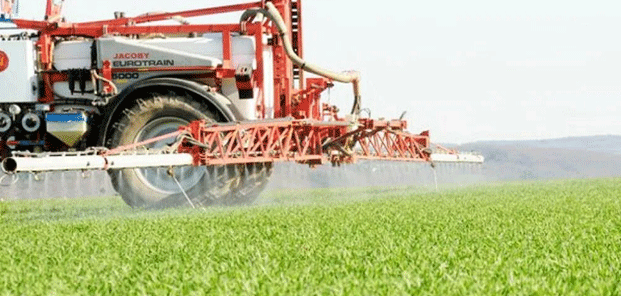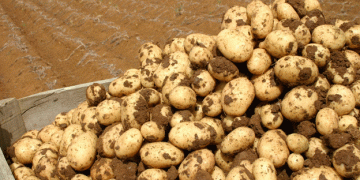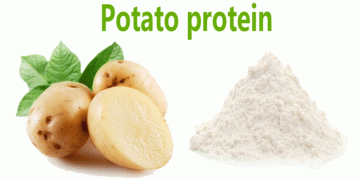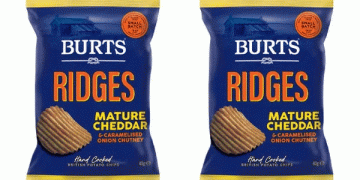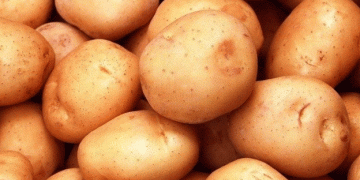Herbicide Innovations 2025: What You Need to Know
As global agriculture continues to face mounting challenges from herbicide-resistant weeds, changing regulations, and rising input costs, the importance of precise, diversified weed control strategies has never been greater. In response, ag-chem companies have introduced a range of new herbicide products and reformulations for the 2025 growing season—many of which are designed to maximize efficacy while minimizing resistance development.
Key New Products and Trends
Recent data from the Weed Science Society of America (WSSA) shows that herbicide-resistant weeds are now reported in over 70 countries, affecting 267 species globally. This underscores the critical role of new modes of action and herbicide premixes in delaying resistance.
Here’s a look at some of the most noteworthy introductions for 2025:
AMVAC
- Zalo (Group 1 & 10) – Combines quizalofop-P-ethyl and glufosinate ammonium for use in glufosinate-resistant soybeans and canola. Offers enhanced control of grasses and broadleaves.
BASF
- Surtain (Group 14 & 15) – Features a ZC formulation for field corn with strong PRE and early POST activity. Its advanced encapsulation allows extended application through V3.
- Beyond Xtra (Group 2) – Consolidates Beyond and Raptor herbicides for Clearfield and conventional crops. Same chemistry, broader usability.
- Liberty Ultra (Group 10) – Contains the more active L-glufosinate isomer, reducing required application rates compared to Liberty 280 SL.
BAYER
- Convintro (Group 12) – A new PRE herbicide under EPA review. Once approved, it will be the first Group 12 herbicide available for corn and soybeans in North America, targeting pigweed species.
CORTEVA
- Resicore REV (Groups 15, 27, 4) – Reformulated for safer handling and a broader application window (up to 24” corn height).
- Kyber Pro (Groups 14, 5, 15) – Offers robust PRE control in soybeans.
- Sonic Boom (Groups 14 & 5) – Sulfentrazone + metribuzin mix for soybean PRE use.
- Tolvera (Groups 6 & 27) – POST solution for wheat and barley targeting broadleaves and grasses.
- NovaGraz (Group 4) – Designed for grass pastures and hayfields; safe for white clover but harmful to legumes like alfalfa and trefoil.
FMC
- Anthem Flex (Groups 14 & 15) – Multi-crop utility from PRE to early POST.
- Express (Group 2) – Broad-spectrum burndown and early-season control.
- Keenali (Group 28) – Awaiting EPA approval, introduces a brand new site of action, addressing longstanding resistance issues in rice production.
SYNGENTA
- Storen (Groups 15 & 27) – Combines four active ingredients for a robust corn program (up to V8).
- Tendovo (Groups 15, 5, 2) – Flexible soybean herbicide with application windows spanning from 45 days before to 14 days after planting.
Integrated Resistance Management (IRM)
Experts from universities and extension services stress that while new products provide more options, effective weed management depends on rotating herbicide modes of action. Tools like the Take Action Herbicide Mode of Action Chart are vital for building an IRM strategy.
As highlighted in a recent study from Iowa State University, fields where growers rotated herbicide modes of action and incorporated PRE products experienced 35–55% fewer resistant weed escapes compared to fields managed with POST-only programs.
The herbicide lineup for 2025 reflects a mix of innovation and refinement—new formulations, broader application windows, and even entirely new modes of action. With weed resistance continuing to spread, integrating these products into a well-planned rotation strategy is key to preserving their efficacy and protecting crop yields. Always refer to product labels, understand your soil type, and consult with local agronomists for the best outcomes.
